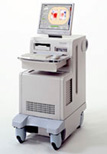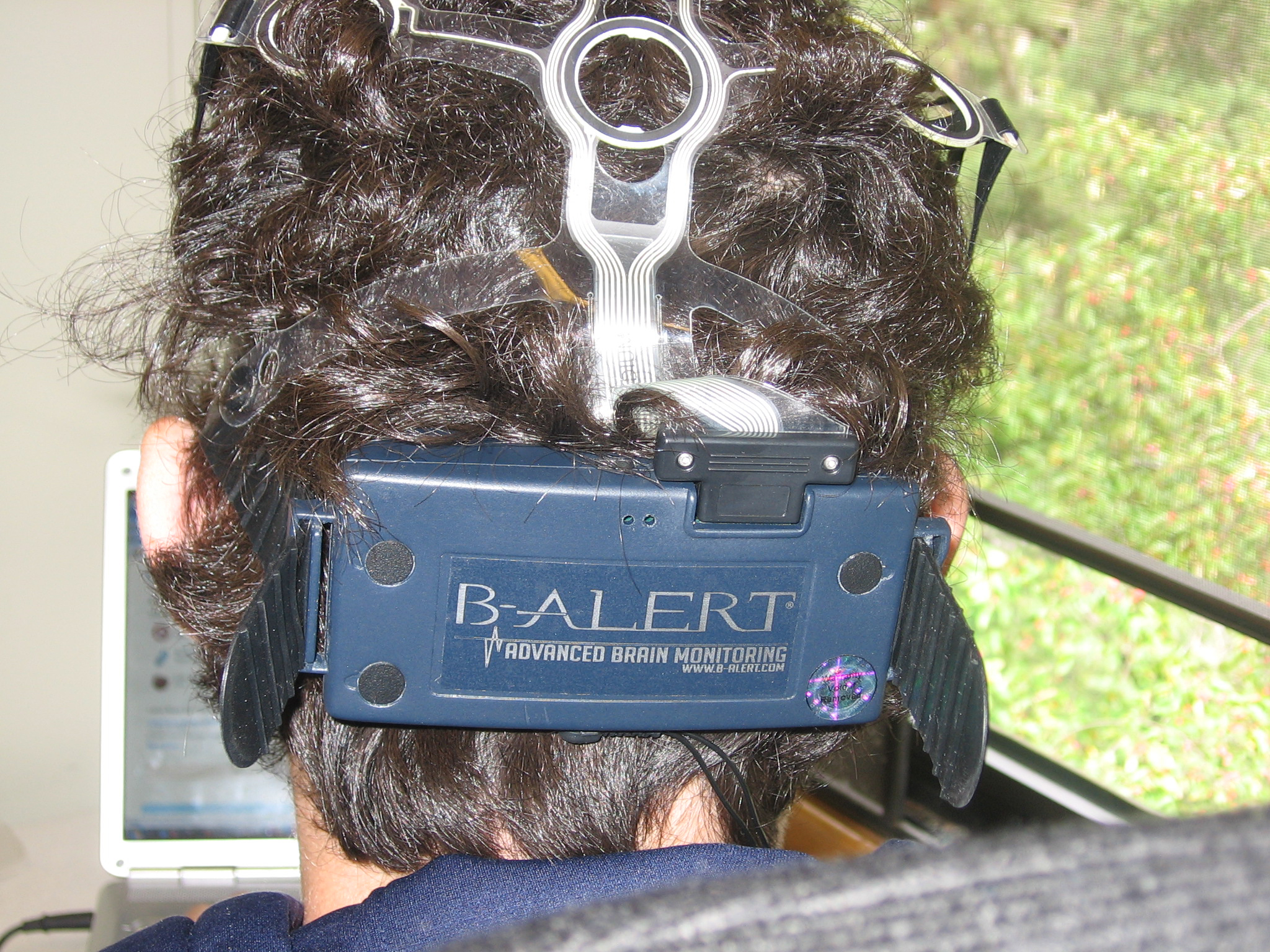We have the capabilities to acquire cognitive, physiological, and behavioral user state metrics concurrently, and in real time, while users work with an interface or product. We use Techsmith's Morae usability software in conjunction with our own recording techniques to measure traditional behavioral metrics such as speed, accuracy, key presses, mouse movement, and screen captures.
A key element of our research is the use of non-invasive brain measurement to provide real time, objective information about users’ mental states. Unlike other brain devices which require subjects to lie in restricted positions (fMRI), or to drink hazardous materials (PET), electroencephalography (EEG) and functional Near-Infrared spectroscopy (fNIRS) can measure users’ brain activity in realistic working conditions. This makes EEG and fNIRS appropriate choices for brain measurement in the usability testing domain.



